Introduction
Marrakech, a city entrenched in a tapestry of history and cultural opulence, showcases architectural marvels that enthrall visitors with elaborate designs and profound historical resonance. The mesmerizing riads and palaces, exemplifying Morocco’s rich architectural legacy, stand as exquisite tributes to the city’s heritage, inviting travelers to explore the intricacies of a bygone era through their stunning structures and timeless allure.
The Allure of Riads
1. Traditional Moroccan Architecture: Riads, charming Moroccan residences rooted in Islamic architectural finesse, epitomize traditional design with their central courtyards and gardens. These tranquil retreats boast meticulously adorned tiled courtyards, elaborate archways, and rejuvenating fountains, providing a serene escape from the vibrant city surroundings. Through a harmonious blend of intricate details and natural elements, riads encapsulate the essence of Moroccan culture, inviting residents and visitors alike to experience a peaceful haven amidst the lively urban landscape.
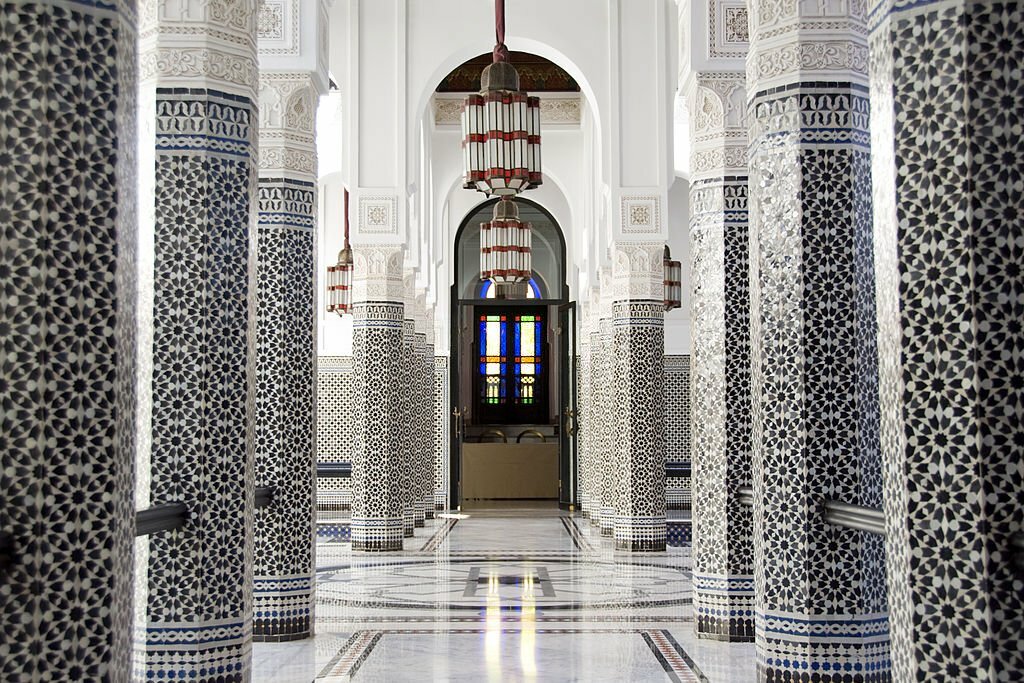
2. Exquisite Design and Detailing: Riads, traditional Moroccan houses with inner courtyards, boast captivating aesthetics. These homes showcase exquisite details like intricate geometric tilework, meticulously carved wooden ceilings, and elaborate plasterwork. The fusion of vibrant colors and traditional craftsmanship creates a sensory feast, offering a glimpse into the rich cultural mosaic of Morocco. The meticulous design elements, from the tiles underfoot to the ornate ceilings above, transport inhabitants and visitors alike to a world where artistry and cultural heritage intertwine harmoniously.
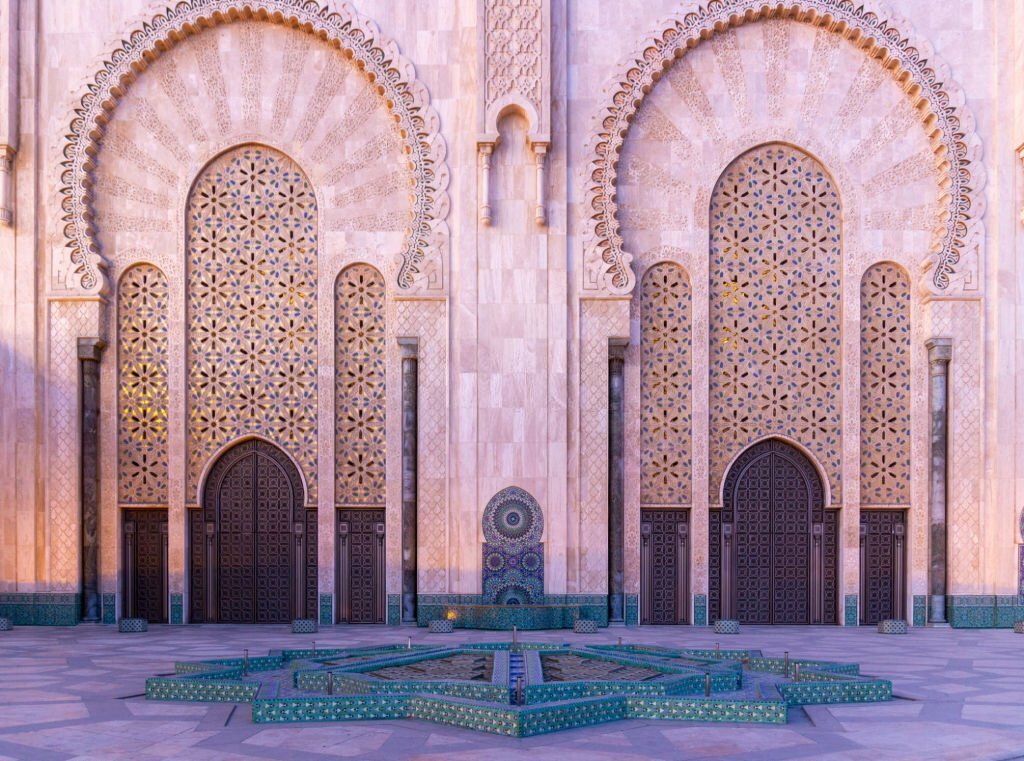
3. Tranquil Retreats Amidst the Bustle: Nestled within the bustling medina, riads, traditional Moroccan homes with interior courtyards, offer a serene respite from the vibrant streets. Amidst the labyrinthine alleys, these architectural treasures showcase intricate designs, creating an oasis of calm for visitors. The juxtaposition of the lively surroundings and the tranquil ambiance within the riads provides a unique and enchanting experience, allowing guests to immerse themselves in the ornate beauty and cultural richness of Morocco’s architectural heritage.
Majestic Palaces of Marrakech
1. Bahia Palace: The Bahia Palace stands as a magnificent testament to opulence, epitomizing grandeur with its stunning features. Renowned for its intricate gardens, the palace showcases a harmonious blend of Moroccan craftsmanship through exquisitely carved wooden ceilings and ornamental tiles. Each detail within the palace speaks to the wealth and skill of Moroccan artisans, creating an immersive experience that transports visitors to a bygone era of regal splendor.

2. El Badi Palace: El Badi Palace, a former emblem of opulence, now lies in regal decay, its towering walls and vestiges echoing the grandeur of bygone eras. This architectural masterpiece, once a testament to wealth and power, invites contemplation on its historical importance. The palace’s dilapidated state serves as a poignant reminder of the ephemerality of grand civilizations and the enduring allure of their ruins, encapsulating a narrative of both past magnificence and the inexorable passage of time.
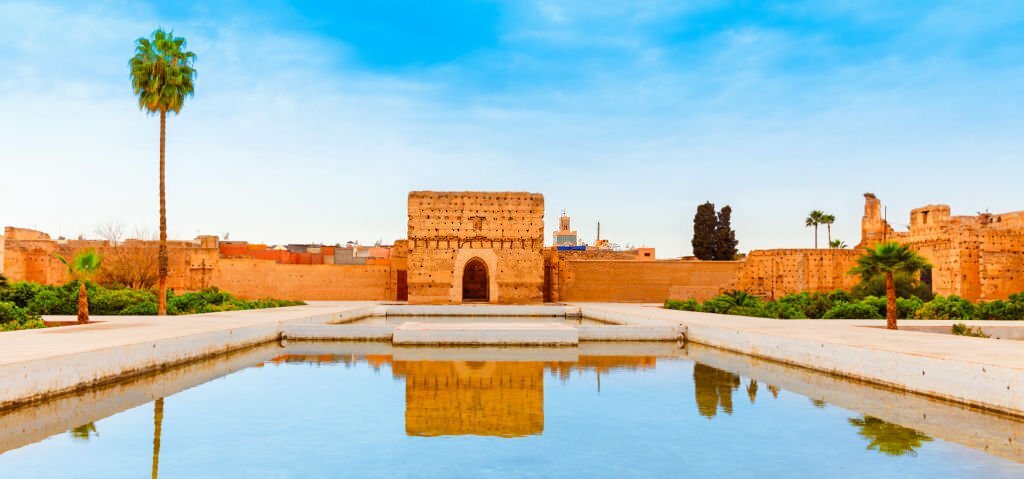
3. Saadian Tombs: The Saadian Tombs, a testament to Moroccan artistry, captivate with their modest yet exquisite design. Despite their size, these tombs showcase unparalleled craftsmanship through intricate tilework and delicate carvings. The mastery of Moroccan artisans is evident in every detail, emphasizing the cultural and historical richness encapsulated within these burial grounds. The fusion of precision and artistic expression transforms the Saadian Tombs into a compelling showcase of the nation’s enduring aesthetic legacy.
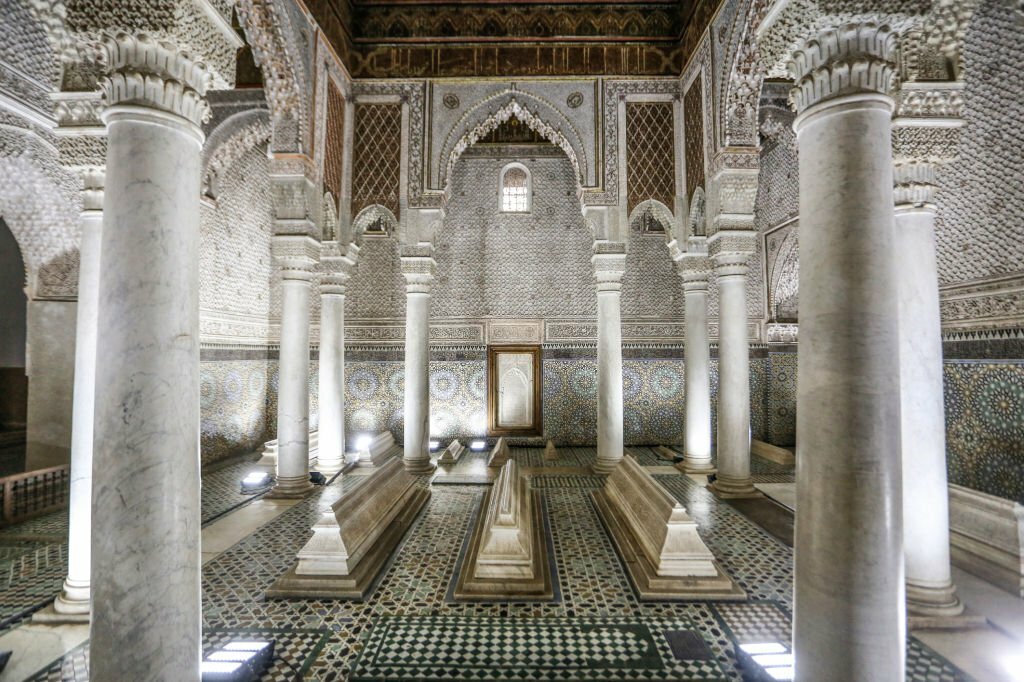
Conclusion
Marrakech’s architectural wonders, ranging from serene riads to regal palaces, intricately weave tales of cultural richness and historical splendor. These structures serve as profound symbols of the city’s opulent heritage, beckoning visitors to delve into the captivating realm of Moroccan architecture. With every arch, mosaic, and courtyard, Marrakech unfolds a narrative that transcends time, offering a vivid glimpse into the city’s vibrant past and inviting travelers to partake in the enduring beauty of its architectural legacy.
FAQs
- Where can I find the most beautiful riads in Marrakech? Some of the most stunning riads in Marrakech are located in the Medina area, particularly around districts like Riad Zitoun Jdid and Riad Laarous. These areas showcase a myriad of beautifully restored traditional houses.
- What is the historical significance of Bahia Palace? Bahia Palace holds immense historical significance as it was built in the late 19th century by Grand Vizier Si Moussa. It was intended to be one of the greatest palaces of its time, showcasing the wealth and luxury of Moroccan aristocracy.
- Are the Saadian Tombs open to the public? Yes, the Saadian Tombs are open to the public. These tombs, dating back to the 16th century, are accessible to visitors who can admire the intricate decorations and architecture that reflect the craftsmanship of that era.
- Can visitors explore the interior of El Badi Palace? Absolutely, visitors can explore the extensive ruins and wander through the interior of El Badi Palace. Although mostly in ruins, the palace still offers glimpses of its former grandeur, showcasing its historical and architectural significance.



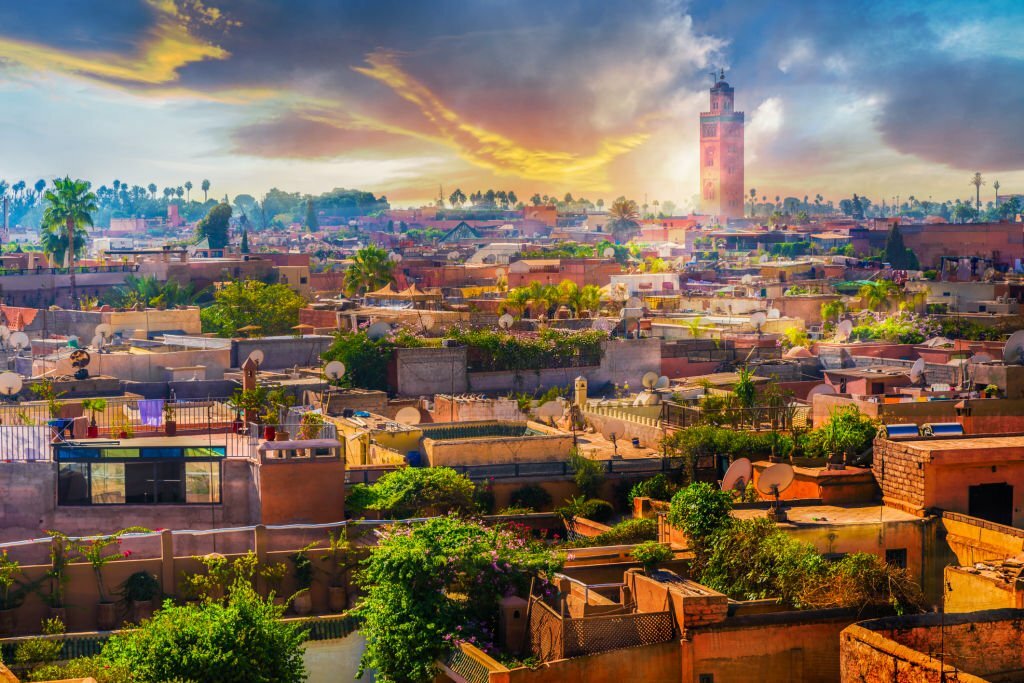
[…] only bear witness to bygone eras but also symbolize the resilience and creativity of civilizations. In Marrakech, these landmarks are more than just relics of the past; they are living testaments to the […]
[…] Majestic Koutoubia Mosque, an architectural marvel nestled in the heart of Marrakech, stands as a testament to the city’s rich cultural heritage and Islamic legacy. Its towering […]
[…] within the vibrant city of Marrakech, the ruins of the El Badi Palace stand as a testament to Morocco’s rich cultural heritage and […]
[…] within the vibrant streets of Marrakech lies a hidden gem of profound historical significance – the Saadian Tombs. These ancient burial […]